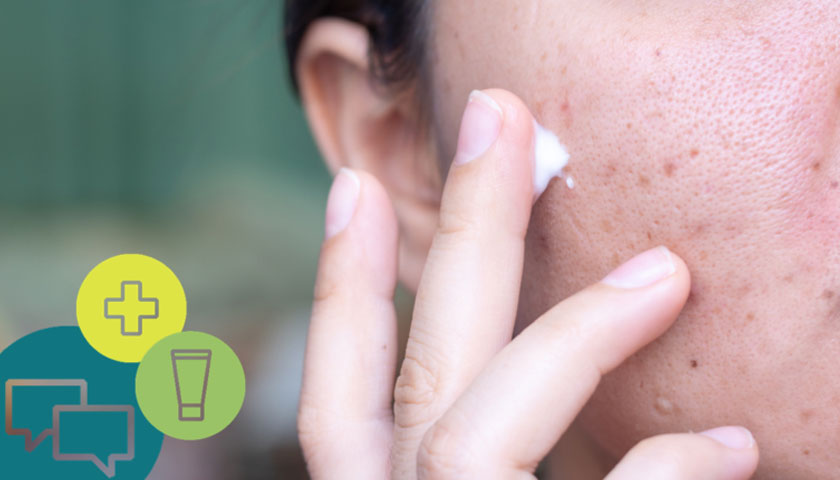The CAP have released a post which talks called Acne and spots – Putting the squeeze on marketers to deep clean skin product ads. I have enclosed the text of the link below, but please have a look at the ASA/CAP site as there are lots of things of interest to anyone with an interest in Ethical Marketing.
After an outbreak of complaints, things came to a bit of a head and in 2018 the ASA published several rulings regarding ads for acne and/or spot treatments and products.
While the advertisers would probably rather not have ended up on the end of an ASA investigation, these rulings are really useful in establishing the ASA’s position in relation to ads for these products and therefore assisting marketers in distinguishing between medicinal and cosmetic claims and products.
Clarity on skin conditions
How a skin condition is described in ads is key in establishing whether that ad is likely to be viewed as referencing a medicine or a cosmetic product.
“Acne” is considered to be an adverse medical condition. The likely interpretation of references to “spots” in an ad depends on the context in which they appear; in some instances it could be understood to be synonymous with ‘acne’. Conversely, references to “spots” may be obviously presented as an occasional outbreak and therefore distinguishable from acne.
The ASA and CAP consider that blackheads are not an adverse medical condition and are not likely to be confused with acne or spots.
Ultimately, you need to think carefully about how you phrase your ad and any visuals you use. The next thing to consider is how the product is presented in relation to that skin condition.
Spot the difference – treatment or prevention
On the face of it, medicinal claims for topical products are normally obvious and claims to “treat” or “cure” acne and in some case, spots, are likely to be considered medicinal, even if the mode of action involved is the cleansing of the skin and pores (a cosmetic function).
It is important to note that cosmetic products may have a principal cosmetic purpose (e.g. to clean the skin) but may also have a secondary preventative purpose (e.g. maintaining skin health). Therefore, a cosmetic product can have a secondary medicinal preventative purpose but still be classified as a cosmetic product.
In its rulings, the ASA considered that claims such as “works to treat, clear and prevent adult acne” and “fighting breakouts… visibly reduce spot size and redness” were medicinal claims for unlicensed products.
On the other hand, claims like “deep clean your skin to help prevent breakouts” were considered cosmetic in nature and the secondary preventative medicinal claims were permitted and did not push the product into being presented as a medicine.
If you are bursting to work towards unblemished ads, read more advice on this topic here and if you need a view on a non-broadcast ad, our Copy Advice team are here to help.

